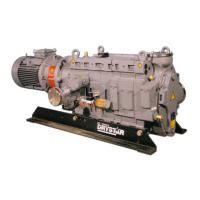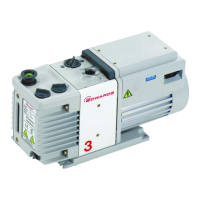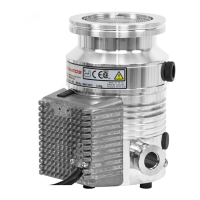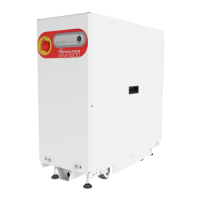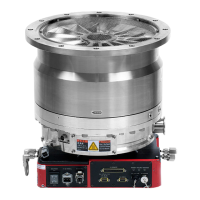9.11 How to use the PID pressure control
The pump has a built‑in PID pressure control and auto tune feature that can adjust the
dry pump speed when the pump is on‑process so that the pressure reading of the
pressure sensor matches the supplied PID setpoint. We recommend that the PID is auto
tuned aer the PID setpoint is adjusted.
Figure 67 The simplied system diagram
Classical PID equaon
Where:
u is the control signal.
e is the control error.
K
c
is the gain for a proporonal controller.
T
i
is the parameter that scales the integral controller.
T
d
is the parameter that scales the derivave controller.
t is the me taken for error measurement.
b is the set point value of the signal, also known as bias or oset.
On the pump, the Kc, T
i
and T
d
parameters and the me constant can either be set by
the user or the pump can perform an auto tune that calculates these parameters based
on the response of the system at the setpoint pressure.
The pump PID pressure control sequence is designed to work with our strain gauge or
acve Pirani gauge (available as accessories). Due to inaccuracies in the gauges, we do
not recommend trying to control below 20 mbar with a strain gauge. Refer to Using a
dierent gauge on page 149 to use a dierent pressure sensor.
The following menus are used by the PDT to congure and use the PID funconality.
Page 148
M58800880_H - Pump display terminal
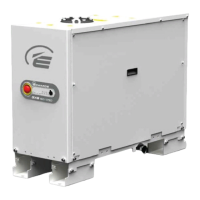
